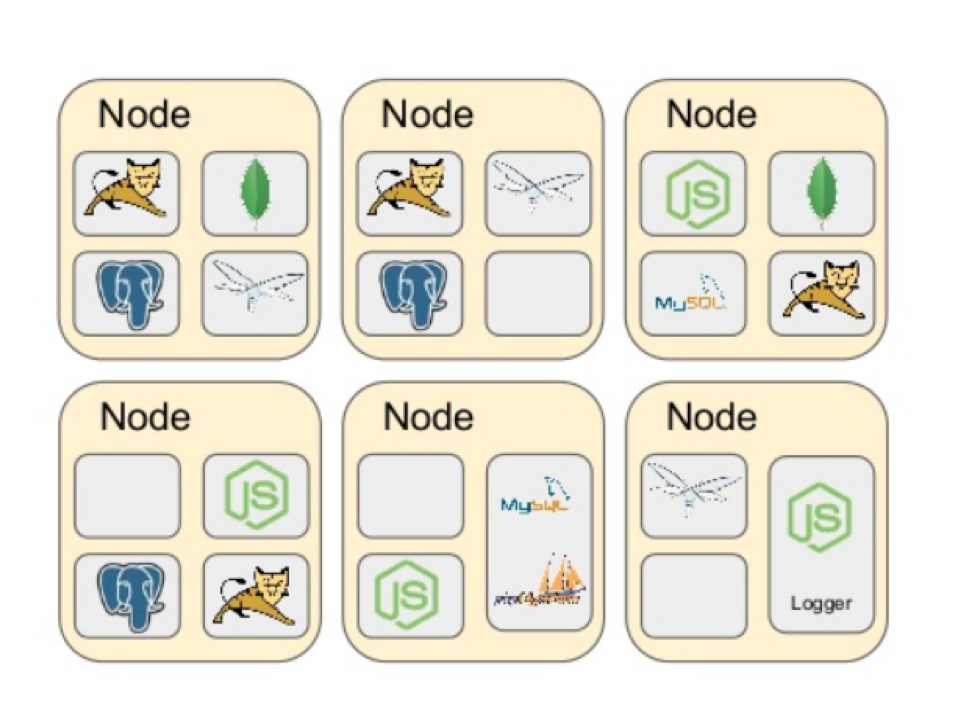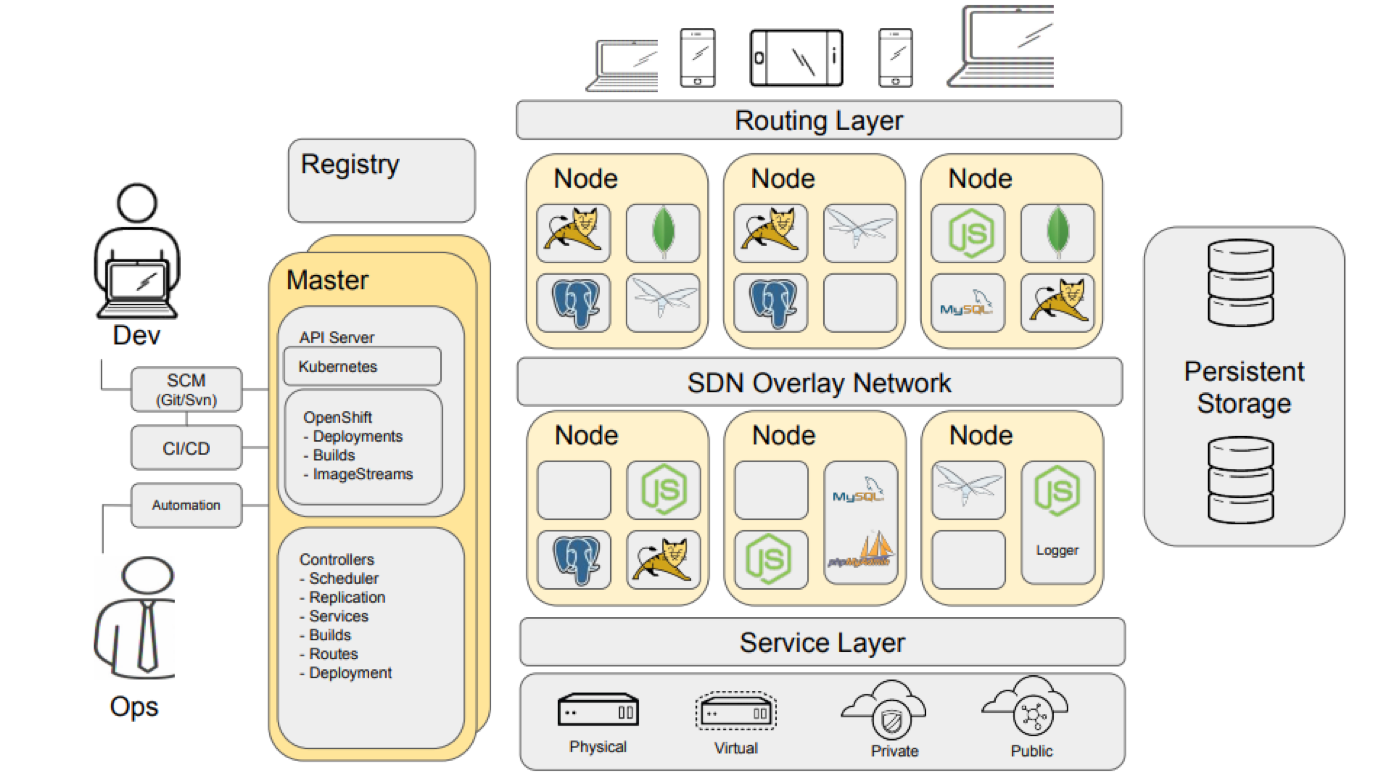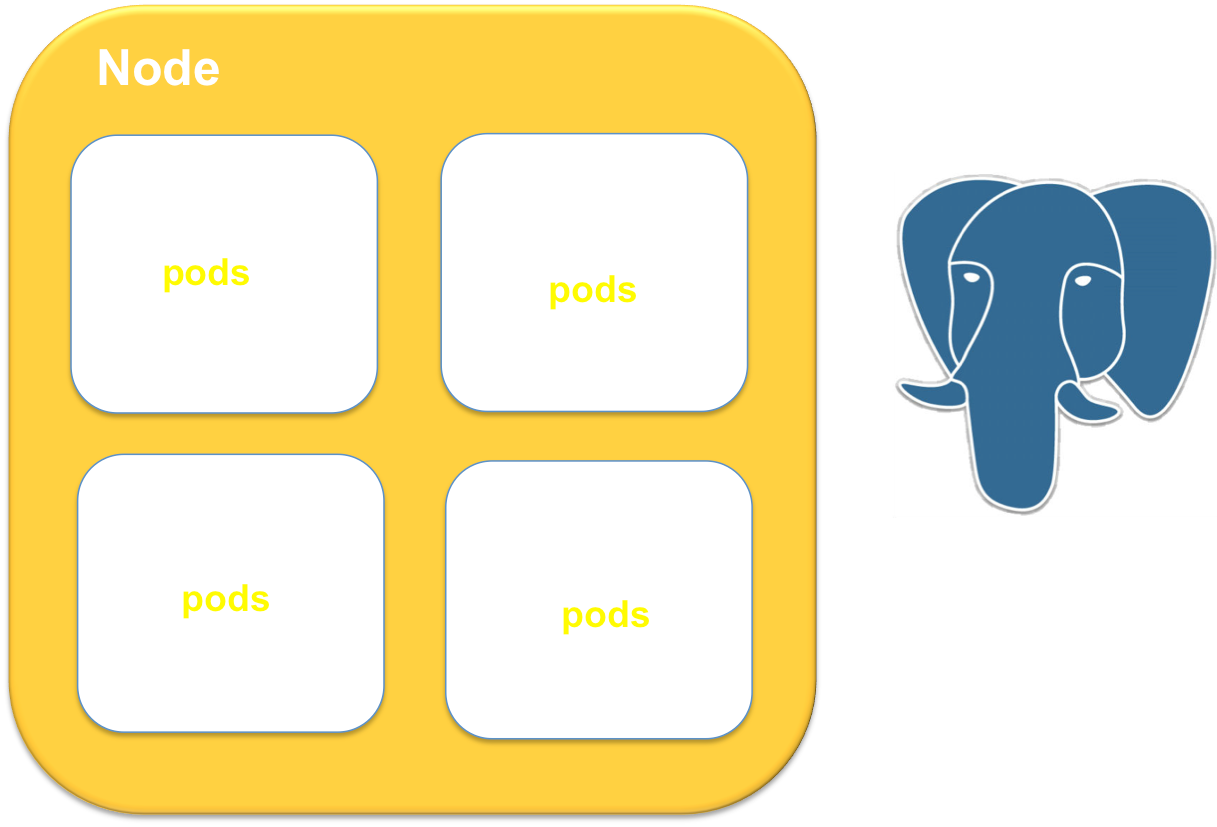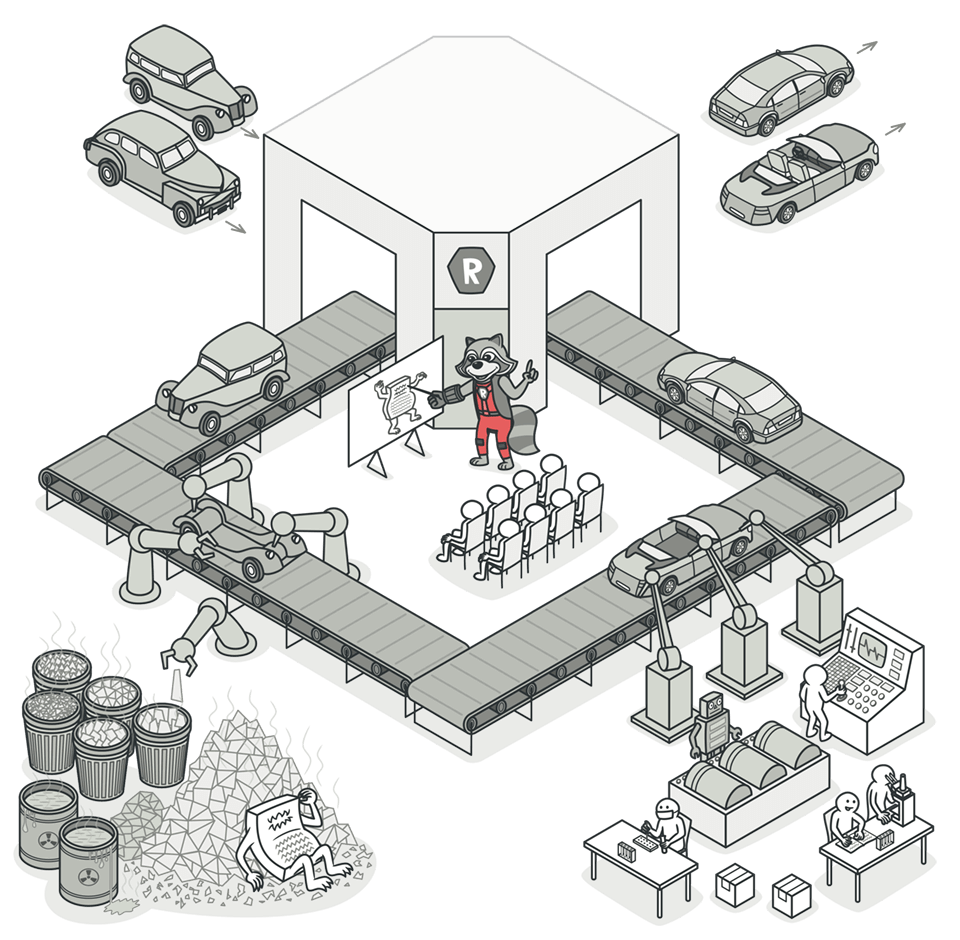How We Implement OKRs
Understanding OKRs:
OKR’s is an abbreviation for Objective & Key Result. Pro tip: Key results are almost always defined with numbers, so you can measure success. They don’t specify exactly how a team will hit the numbers, just what the goal is.
OKRs can help you focus on your company goals and reflect on progress each quarter. Some of the biggest tech companies in the world use OKRs including Google, Zynga, Upstart and many others. OKRs were invented at Intel Corporation.
At the end of a work period, your OKRs provide a reference to evaluate how well you did in executing your objectives. This feedback can help you plan better moving forward.
The more time spent crafting OKRs the better your strategy will be, which makes it easier for your employees to see how they are contributing to the big picture and align with other teams.
Objectives
Any initiative has an objective. The goal of setting an objective is to write out what you hope to accomplish such that at a later time you can easily tell if you have reached, or have a clear path to reaching, that objective. Choosing the right objectives is one of the hardest things to do and requires a great deal of thinking and courage to do well.
Key Results

Assuming your Objectives are well thought through, Key Results are the secret sauce to using OKRs. Key Results are numerically-based expressions of success or progress towards an Objective.
The important element here is measuring success. It’s not good enough to make broad statements about improvement (that are subjectively evaluated). We need to know how well you are succeeding. Qualitative goals tend to under-represent our capabilities because the solution tends to be the lowest common denominator.
Bring OKRs to Your Organization

An important part about OKRs is their transparency. When bringing OKRs to an organization, it can be helpful to be clear about what they are, why they can be helpful, and how they will be used. Research shows that performance is higher when people are committed to their goals, so it can be important to get everyone onboard.
Tips for introducing OKR’s:
- What are OKRs? Cover the basics of what OKRs are and how they work.
- Why use OKRs? Review of how the organization currently approaches setting goals, and any limits or issues with that approach.
- How OKRs work? Explain the momentum, what is expected of each person, what the major milestones are, and how people will be accountable.
- Still skeptical about OKRs? Leave time for questions, with a particular emphasis on drawing out any skepticism.
Alignment. Once the organization knows what it’s focused on and how it will measure success, it can become easier for individuals to connect their projects with the organizational objectives.
Discipline & prioritization. It can be hard for any one team in a company to say no to a good idea, a worthwhile project, or a needed improvement. Once everyone agrees what the most important objectives are, it can be easier to say no to the less important ideas. Saying no isn’t a political or emotional debate, it becomes a rational response to a commitment that the entire organization has already made.
Communication. OKRs should be public within an organization so that every employee knows the organizational objectives and metrics for success.
Tips for Setup OKRs

When setting objectives, Google often starts with the organizational OKRs and aligns priorities using three to five objectives with about three key results for each objective. Successful OKRs can often come from a mix of top-down and bottom-up suggestions, allowing individuals from all over the organization to voice what they believe is worth their time and how they can best apply their efforts.
Tips for setting objectives:
- Pick just three to five objectives — more can lead to over-extended teams and a diffusion of effort.
- Avoid expressions that don’t push for new achievements, e.g., “keep hiring,” “maintain market position,” “continue doing X.”
- Use expressions that convey endpoints and states, e.g., “climb the mountain,” “eat 5 pies,” “ship feature Y.”
- Use tangible, objective, and unambiguous terms. It should be obvious to an observer whether or not an objective has been achieved. Research shows more specific goals can result in higher performance and goal attainment.
Tips for developing key results:
- Determine around three key results per objective.
- Key results express measurable milestones which, if achieved, will directly advance the objective.
- Key results should describe outcomes, not activities. If the KRs include words like “consult,” “help,” “analyze,” “participate,” they’re describing activities. Instead, describe the impact of these activities, e.g., “publish customer service satisfaction levels by March 7th” rather than “assess customer service satisfaction.”
- Measurable milestones should include evidence of completion and this evidence should be available, credible, and easily discoverable.
Develop Team OKRs

Although approaches will vary, it can be helpful to commit first to organizational objectives, so that teams and individuals can set their own objectives in service of those larger goals. This can help to create alignment throughout an org. The next decision is how many levels of “team” OKRs work for the organization — does each department, function, and sub-group need OKRs?
For team-level goals, recognize that not every organizational OKRs needs to be reflected in every team OKR. It’s possible that a team’s OKRs will focus on just one of the organizational OKRs. But there should be some connection between team OKRs and at least one of the organizational OKRs.
One way to set these team OKRs is to have all of the team leaders meet to set goals. At Google, team leaders sometimes list priorities for the upcoming quarter in the context of the company OKRs. When creating these priorities, it is helpful to pay attention to the organizational OKRs and check:
- Do the team priorities connect to any of the organizational key results?
- Do the team priorities make it more likely that the organization will successfully achieve the organizational OKRs?
- Are there things missing that others think this team should be working on?
- Are there more than three priorities?
One thing OKRs are not is a checklist. They are not intended to be a master task list of all the things the teams will work on in a quarter. If a team treats this as a shared to-do list it may result in getting overly prescriptive about what the team wants done, rather than what the team wants to achieve. Use OKRs to define the impact the team wants to see, and let the teams come up with the methods of achieving that impact.
Here are a few sample OKRs a team or individual might set to support an organization’s goal to “reach xx% of industry market share.”
Sample team or individual OKRs:

Objective: Accelerate [product] revenue growth
Key Results:
- Launch xx feature to all users
- Implement xx initiative to increase revenue per user by xx%
- Launch three revenue-specific experiments to learn what drives revenue growth
- Secure tech support to build xx feature in Q1
Objective: Improve [product]’s reputation
Key Results:
- Re-establish [product]’s leadership by speaking at three industry events
- Identify and personally reach out to top xx users
- Shorten response time to user-flagged errors by xx%
How We Implementing OKRs
As a growing Company we faced lot of impediment, in order to moving fast we should create a scalable product and also require stability on it.
After gather data from Marketing and Product Team, as Product Development Team we decide to make 2 main Objective as our OKRs in Quarter IV 2018, that can apply on teams level and also people [individual] level.

As we see at the picture above for now I’d like to make an opinion that after long journey from end of 2016 until today we’re facing a bumpy road to achieve stability.
How can OKRs help make Our Goal is real?
Before we develop OKRs in our department, our VP setup a grooming session with Technical Leader about what we going to do, we agree to using SMART Principles to breakdown the detail of Key Result together.
- Specific: specific things to improve
- Measureable: Offer indicators to measure the achievement
- Achievable: realistically achievement, specify the appropriate capabilities and resources
- Responsible: can be in full-charged with
- Timed: Specify when results can be achieved
Here’s the detail of our Objective and Key Result for Quarter IV 2018, we put 4 key result point for Accelerate product stability objective, and 3 key result point to improve developer skill Objective.
Teams Objective: Accelerate [Product] Stability
- Automatic Test
- Continuous Integration / Continuous Development [CI/CD]
- Decreasing Technical Debt
- Product Documentation (Business & Technical)
Individual Objective: Improve Developer Skill
- Training Java
- Being Mentor for One Mentee
- Pick one Research Subject
Experiment!
- Move Development and UAT stage for all application from VMBased to Containerization


- for production stage we are doing same technique like development and uat but we have impediment, gluster file from postgreSQL doesn’t support to openshift, so we decide to put postgresql outside openshift

- Performing refactoring step-by-step and running tests after each change.

If you’re interested in reading more about OKRs, I highly recommend John Doerr & Larry Page book Measure What Matters: How Google, Bono, and the Gates Foundation Rock the World with OKRs.
